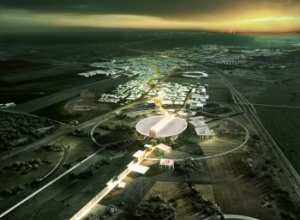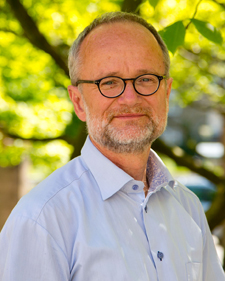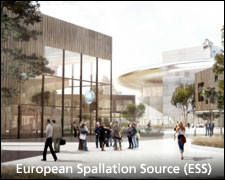The final funding for ESS is now secured
Finally the message arrived that all European neutron scatterers have been looking forward to: All funding for the European Spallation Source (ESS) is now secured and the construction will start this summer.
After a long delay Germany last Friday July 4 formally signed an agreement with Sweden and Denmark on the co-funding of the European Spallation Source (ESS). This paves the way for the construction which will begin this summer in Lund, Sweden.
Professor from DTU Physics and chairman of the Danish instrument center for neutron and synchrotron users (DANSCATT) Henning Friis Poulsen says: “The Danish science community has participated in planning the ESS for the last decade. We are excited to be able to move ahead at last”.
The neutron source is expected to deliver the first neutron beams in 2019-2020 and research groups at many of the Danish universities are looking forward to the dawning opportunities at ESS. “This is a fantastic success for the Danish community. It will give the Danish Universities unique opportunities to stay in the forefront of science and set the directions for the developments of future key technologies in materials and life sciences”, says Robert Feidenhans'l, Head of the Niels Bohr Institute at the University of Copenhagen (KU) and former head of DANSCATT.
Denmark co-hosts the ESS facility ESS will host a vast suite of instruments for the experimental study of condensed matter, ranging from biology and biotechnology, over chemistry and physics to materials research. The data from the experiments which will be collected and analyzed in the Data Management and Software Center in Copenhagen, making Denmark a co-host of the ESS facility.

All funding for the European Spallation Source (ESS) is now secured and the construction will start this summer.
Furthermore, both DTU and KU are already active in the future use of the facility in both research and industry: DTU has established a portal for the industrial use of X-ray and neutron imaging, and KU has established a similar portal for small-angle scattering with X-rays and neutrons on soft materials such as biological systems.
Finally a consortium of DTU, KU and the University of Aarhus are involved in the design and potential construction of several future ESS instruments.
Northern Europe takes the lead Materials research covers a very wide range of disciplines, from physics, chemistry and biology over medicine, food, geology and environmental sciences to archeology and scanning of artworks. In the coming years, the research will take a great leap forward thanks to the new super facilities under construction – the ESS and MaxIV in Lund and XFEL in Hamburg. The latter two will be used to study materials using X-rays and together these three facilities will make northern Europe one of the world's leading regions for materials research.


